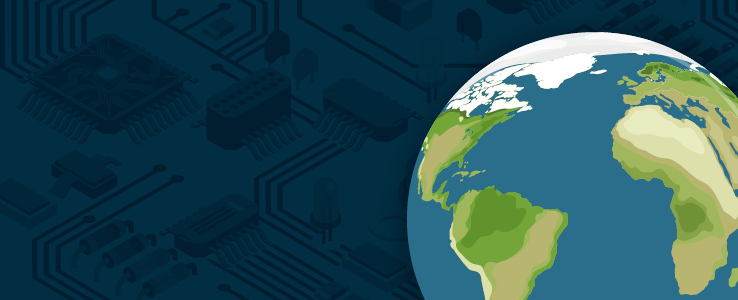With the rapid adoption of OpenAI’s GPT-4o image generator, the internet has seen a wave of AI-generated visuals, including impressive Ghibli-style artworks. Since its release, the tool has generated over , showcasing its immense popularity and reach. However, a darker trend has emerged where realistic fake Aadhaar and PAN cards have been generated using ChatGPT, leading to growing fears of identity fraud.
Social media users have even created fake ID cards featuring public figures like Sam Altman and Elon Musk, which has sparked serious concerns about the potential misuse of AI in crafting fraudulent documents. This alarming situation highlights the vulnerability of digital verification systems and the need for robust safeguards against AI-generated forgeries. Is it possible to identify if an image was generated by ChatGPT? announcing a new image-generation capability has the following mention: Example: Imagine a scenario where a journalist encounters a news report featuring what appears to be an official government ID of a public figure.

The image, claiming to be an authentic document, looks plausible. Here’s how the journalist can test if an image contains C2PA metadata: Challenges and Limitations: While C2PA metadata is a promising first-level check to identify AI-generated images, it is not foolproof. One key limitation is that metadata can be stripped from an image when it is processed, such as when taking a screenshot or using certain image editing tools.
In these cases, the C2PA data may no longer be present, making it impossible to verify the image’s origin. Therefore, while useful, this method should not be solely relied upon for critical verifications. Also read.
Technology

AI tool of the week | How to identify if an image is generated by ChatGPT

Here's how you identify if someone has used ChatGPT to create a fake Aadhaar or PAN card.















